2
security risks and make them vulnerable to malicious attacks. These security challenges mostly stem from the shared nature
of cloud infrastructure in which computing/storage resources are shared with other users, and sensitive data are transferred
among cloud components such as Data Centers (DCs) over possibly untrusted network channels. In addition, the cloud is
honest-but-curious in the sense that the cloud service provider may faithfully follow the established protocols but at the
same time, it may be curious to deduce valuable information about the users’ data and the workflow logic. Since the
deduced information may be leaked or even sold to third parties by the malicious cloud providers [9], some users are
reluctant to use the cloud (deployment model).
In search for a solution to these concerns, there have been various studies on the topic of security properties of processes
and workflow management systems from different perspectives. To the best of our knowledge, there is no up-to-date
overview of the state of the art on the topic. To compensate for this gap in existing research, in this work we use the
methodologies for performing a literature mapping study and a systematic literature review to achieve two goals:
1) Systematic review of the state of the art in addressing and maintaining security properties of cloud-based workflows
throughout their complete life cycle, including a special focus on an additional life cycle phase accounting for runtime
adaptation.
2) Identification of the gaps in the state of the art and subsequently the needs for future research.
Our study shows that most of the solutions for ensuring the security properties of cloud-based workflows focus on the
modelling aspects of workflows, mainly providing modelling concepts to express the security properties of workflows.
Solutions towards enforcing these properties are rare, narrow in scope, and in some cases implementation-specific. One
significant finding is that there is only very scarce research reported on the runtime adaptation of cloud-based business or
scientific workflows that is triggered upon and carried out as a reaction to security violations.
The rest of the paper is organized as follows: Section 2 introduces the basic concepts. In Section 0, we discuss the
existing literature about the security and privacy of cloud-based workflows. Section 4 presents the review process and data
collection. In Section 5, the main results of our study are presented. Section 6 illustrates the open issues and the challenges
that still need to be addressed in this topic. Finally, Section 7 concludes this paper.
2. Background: Scientific and Business Workflows, and the Similarities/Differences between
them
The Business Process Management (BPM) (that covers also the workflow management technology) and scientific
workflows are established research fields and up until recently have been regarded as separate fields of research. In the last
decade, there have been several attempts to apply approaches from the BPM field in the field of scientific workflows both
in terms of modelling approaches and principles, as well as in terms of using workflow management environments to run
scientific workflows for different application fields [10] [11]. At the same time, these works were based on the observations
that there are both similarities and differences between these seemingly disparate fields. In this section, we highlight these
differences and provide the necessary background information on the topic.
Based on the available literature, we can summarize the definitions of both terms as follows:
A scientific workflow describes a series of computations that enable the analysis of data in a structured and distributed
manner. It orchestrates and automates scientific applications in a way that reduces the complexity of managing scientific
experiments [12].
A business workflow is the automation of a business process, in whole or in part, during which documents, information,
or tasks are passed from one participant to another for action, according to a set of procedural rules [13].
The life cycles of workflows that both fields follow have a different focus as depicted in Figure 1. The two life cycles
clearly show that the two fields view the workflows from different perspectives: business workflows are viewed as a
software artifact that can be used by several user roles with focus on different aspects of the management of the artifacts,
whereas the scientific workflows revolve around one user role, namely the scientist, who is dealing with both management
of the software artifacts and their use. Note that we will mostly refer to the business process life cycle in our study, as it is
the more detailed one and hence provides a more detailed basis for the comparison of the existing works. Despite seemingly
different focus of the two fields, the literature shows [12][14][10][11][15][16] similarities as well, which were the reasons
for the recent technological advances mentioned above. Based on these similarities especially in the security concerns,
we investigate both types for workflows together in this survey. Table 1 and Table 2 summarize the similarities and

 2024-12-10 42
2024-12-10 42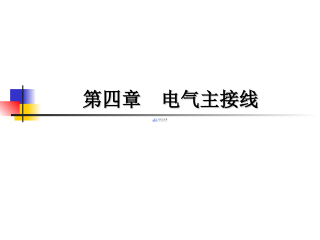
 2024-12-10 73
2024-12-10 73
 2024-12-26 152
2024-12-26 152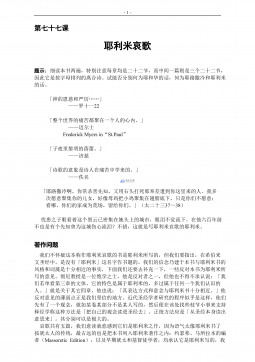
 2024-12-26 303
2024-12-26 303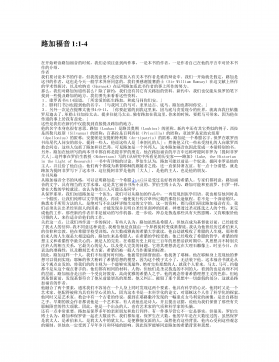
 2024-12-26 173
2024-12-26 173
 2024-12-26 250
2024-12-26 250
 2025-08-09 209
2025-08-09 209
 2025-08-09 51
2025-08-09 51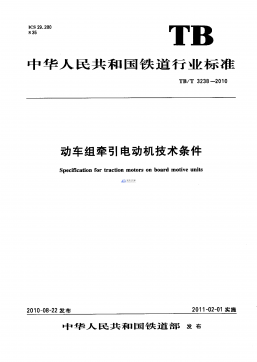
 2025-08-18 3
2025-08-18 3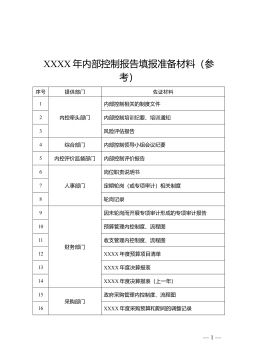
 2025-11-20 23
2025-11-20 23
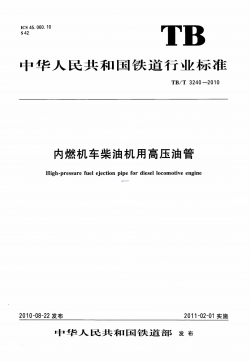






 渝公网安备50010702506394
渝公网安备50010702506394
